Renaissance Instrumental Music by Edition Walhall
Giovan Battista Riccio, Canzonen und Sonaten (1620), ed. Jolando Scarpa (Magdeburg: Edition Walhall, 2010), Catalog Nos. EW 705, 707, 709.
Three volumes of Jolando Scarpa’s urtext edition of Giovanni Battista Riccio’s Il Terzo Libro delle Divine Lodi Musicali (Venice 1620) are devoted to the instrumental works that appear among the motets in this collection. Mostly canzonas for one, two, and four players with bass, these works reveal a degree of ornamental floridity and “seconda pratica” expressive idiom—chromatic passages with tremoli, for instance—although neither aspect is extreme, allowing the traditional lightness, directness, and architectural clarity of the genre to predominate. Generic conventions of scoring make these pieces appropriate for diverse combinations; however, Riccio in some instances specifies the familiar cornetts, trombones, and violins, and in one case, the engaging combination of flautino (a small recorder) and bassoon.
The edition is a spare one, preserving original note values and coloration, with the editorial hand evident mostly in the addition of accidentals and clarifications of dynamics. The preface to the edition presumably serves for all the volumes in the collection, but there is little in the way of specific discussion of the instrumental pieces or performance issues. Experienced players, however, will navigate these scores with ease. Though not new to the repertory—the facsimile edition by SPES has been available for thirty years—these canzonas are gratifying to play and hear, and in this new modern edition, may find new devotees.
Thomas Mancinus, Duum vocum Cantiuncularum (1597), ed. Leopold Fendt (Magdeburg: Edition Walhall, 2009), Catalog No. EW 759.
The late Renaissance duet’s best known exemplars are those from Lasso’s Novae aliquot . . . (1577), a collection whose intent is pedagogical, but whose didactic purpose rarely seems to keep the composer’s musical touch at bay. Thomas Mancinus’s collection, Duum vocum Cantiuncularum, follows in the same vein. A collection of 26 duets, some texted but the majority not, Mancinus offers bicinia for unequal and equal voices in all ranges. The texted works set secular texts in Italian, French, and German, and include well-known madrigal texts such as “Anchor che col partire.” The untexted works are essays in imitation. The lack of specified instruments makes it easy to imagine them performed in diverse instrumental combinations.
As teaching and practice material or as music to while away a domestic evening, these duets admirably meet the need, though they will fare less happily in concert performance. This new edition is thus a welcome addition to the teacher’s shelf, and a congenial reminder of the way musicians in the sixteenth century both taught and learned.
Alessandro Scarlatti. Recit. & Aria: “Se geloso è il mio core” from Endimione e Cintia for soprano, trumpet, two violins, violoncello & continuo, ed. Cedric Lee (Magdeburg: Green Man Press/ Edition Walhall, 2010), Catalog No. Sca 8.
Scarlatti’s prolificacy in the realm of chamber cantatas is impressive by any count, and trumpeters have long been grateful that in them he used the trumpet in so gratifying a way. The best known instance is “Su le sponde del Tebro,” but as the present excerpt from Endimione e Cintia shows, Scarlatti uses the same idiom elsewhere to splendid effect. In the aria “Se geloso,” Endymion reflects on the inner battle that jealousy launches in his soul, and with the battle imagery explicit, Scarlatti adopts the idioms of the aria di bravura, familiar from heroic scenes on the opera stage. Melismatic prolixity becomes the metaphor for virile strength, while trumpet and voice engage in short motivic repetitions that lead into a long display of melismatic fortitude in parallel thirds.
The edition is not the first—Gerald Endsley’s from Tromba Publications appeared in the mid-1970’s—but Cedric Lee’s attention to production values and detail makes for a strong replacement. The edition’s inclusion of two continuo parts, one realized and one not, is also a particularly welcome touch.
-- Steven Plank


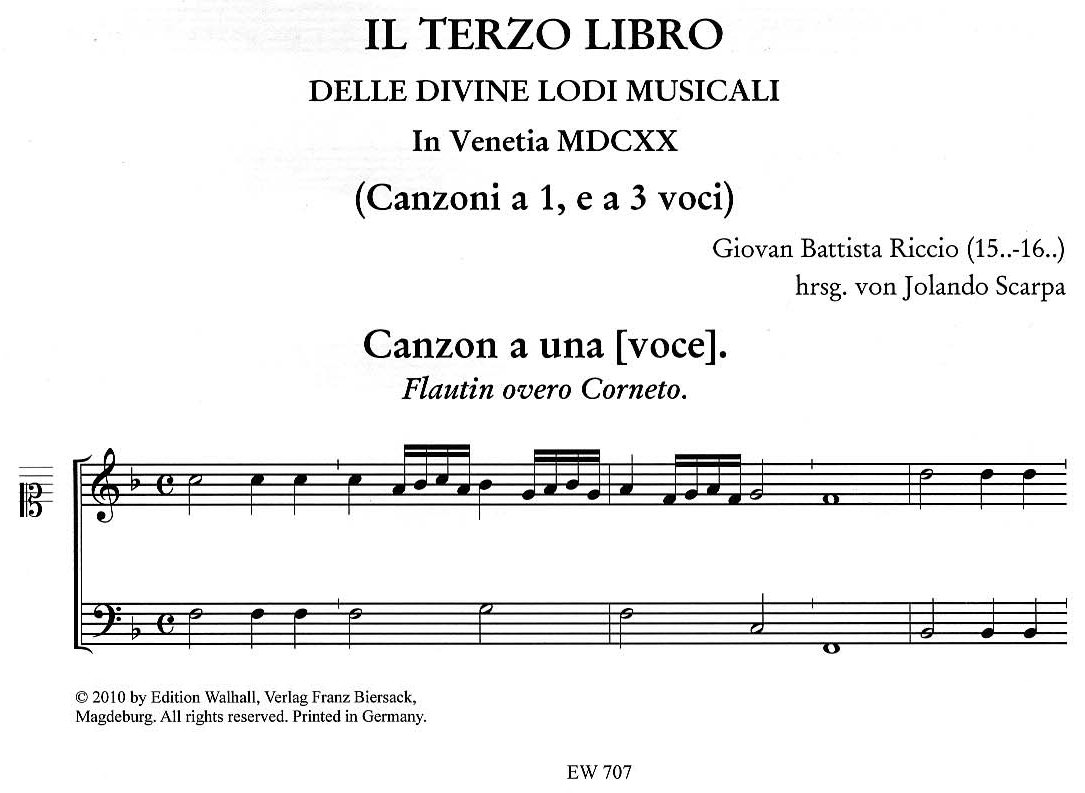
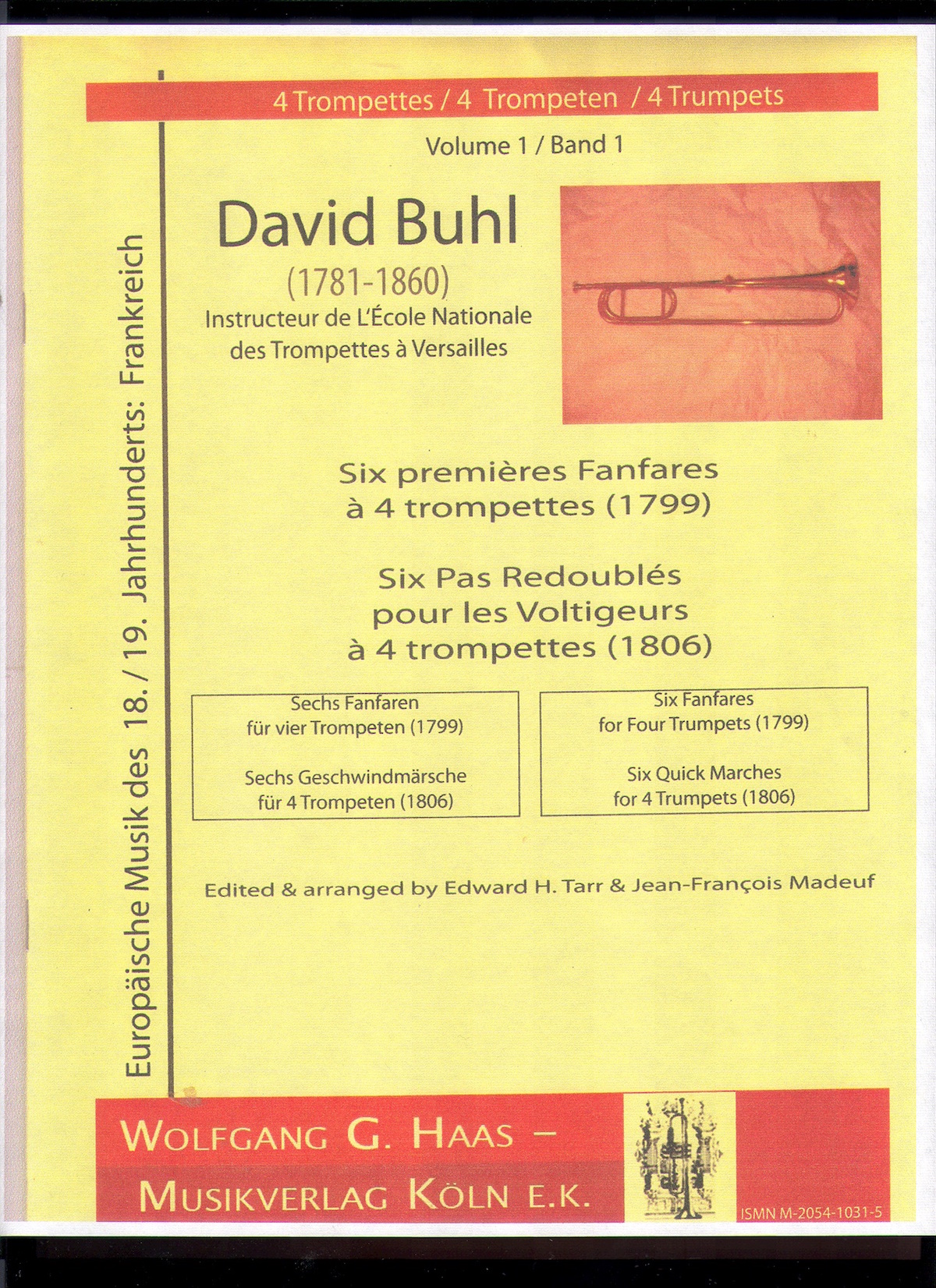
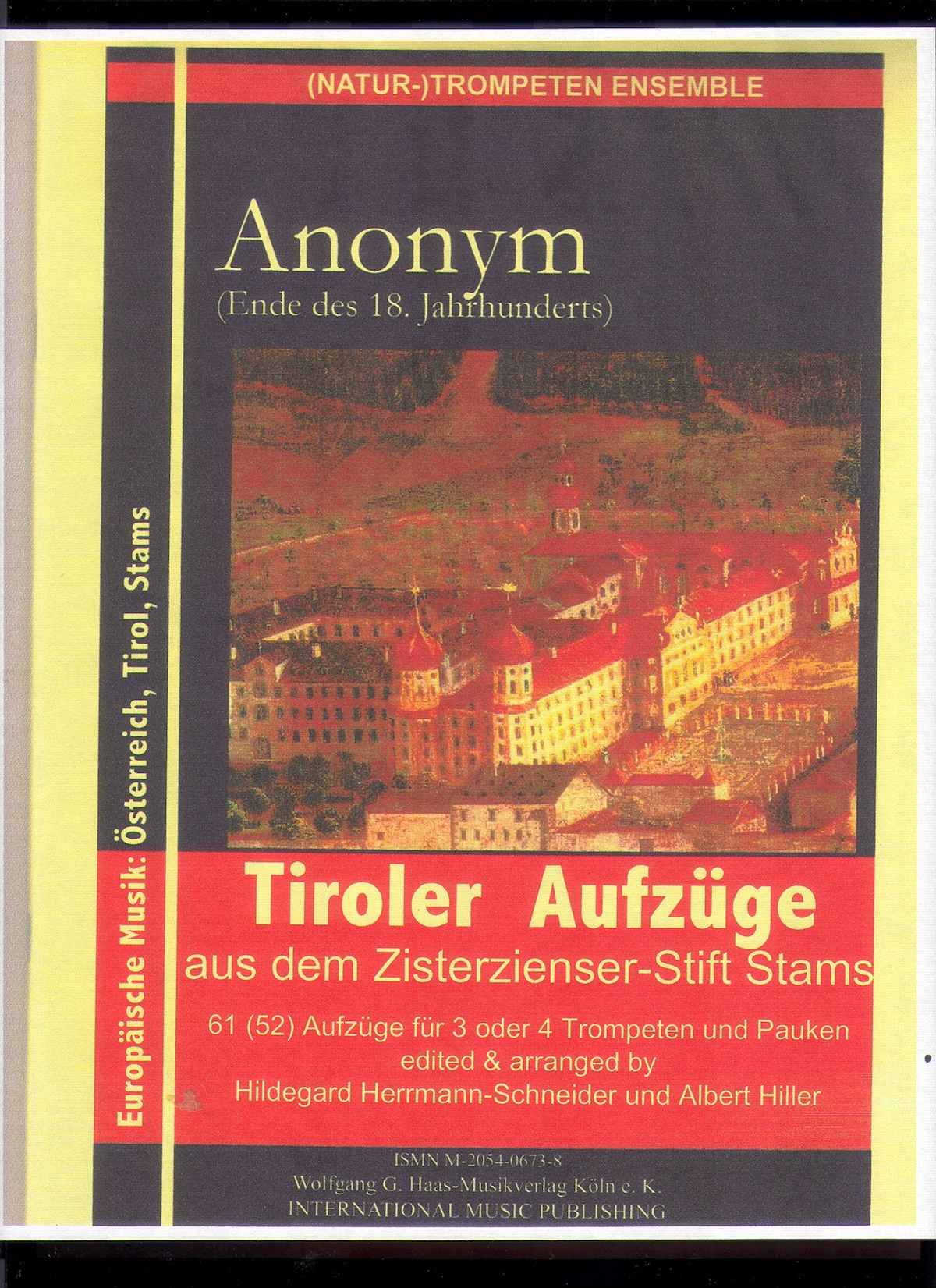
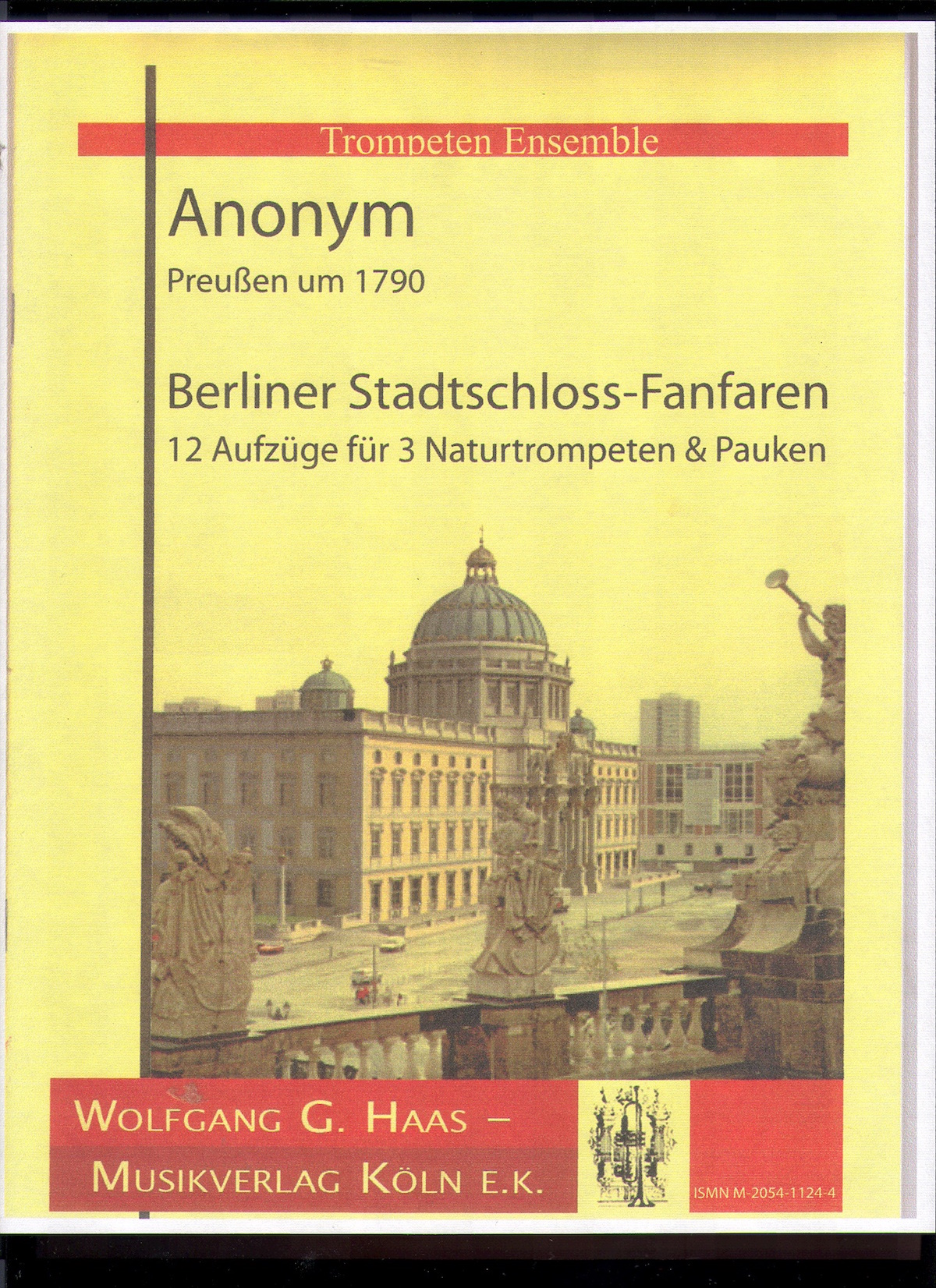 David Buhl. Six Fanfares for 4 trumpets (1799) and Six Quick Step Marches for 4 trumpets (1806). Edited and arranged by Edward H. Tarr and Jean-François Madeuf. Wolfgang Haas Musikverlag, ISMIN M-2054-1031-2. Pub. 2009.
David Buhl. Six Fanfares for 4 trumpets (1799) and Six Quick Step Marches for 4 trumpets (1806). Edited and arranged by Edward H. Tarr and Jean-François Madeuf. Wolfgang Haas Musikverlag, ISMIN M-2054-1031-2. Pub. 2009.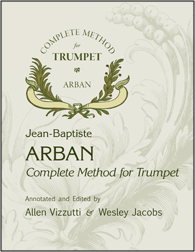 Arban, Jean-Baptiste. Complete Method for Trumpet. Annotated and Edited by Alan Vizzutti and Wesley Jacobs. Maple City, Michigan:
Arban, Jean-Baptiste. Complete Method for Trumpet. Annotated and Edited by Alan Vizzutti and Wesley Jacobs. Maple City, Michigan: 
